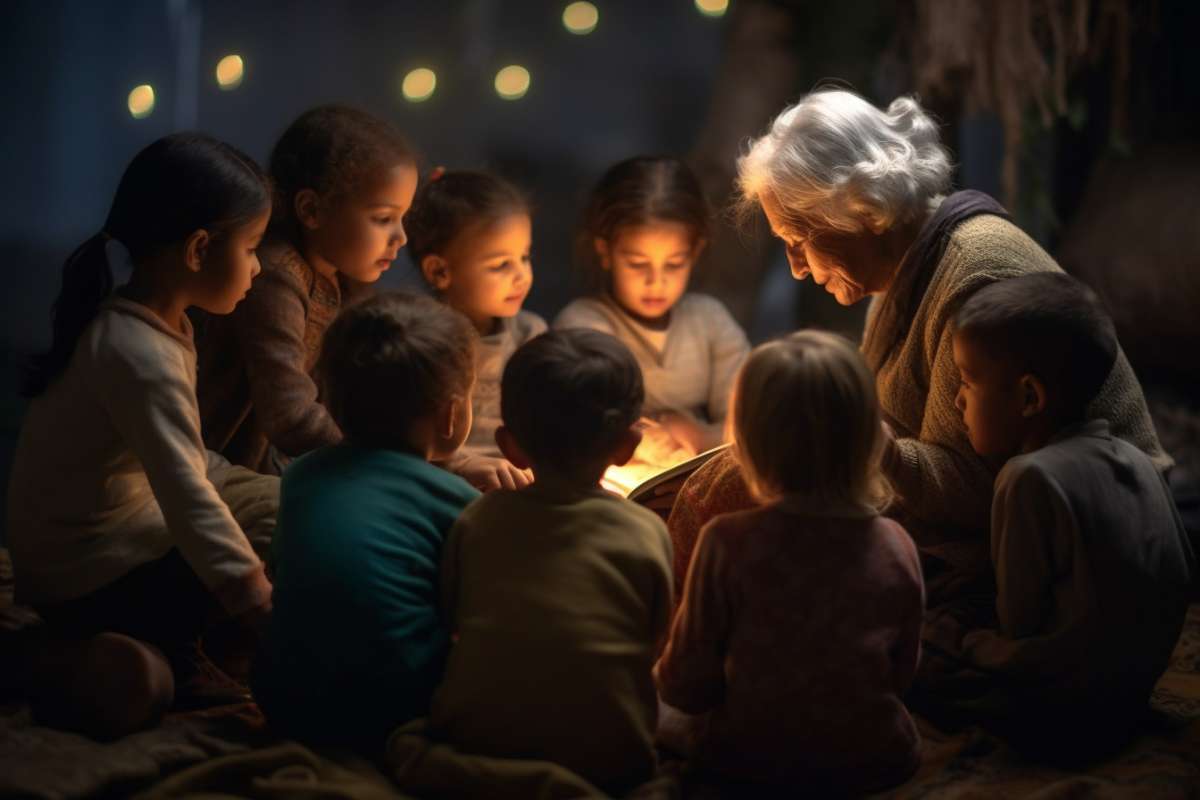The Power of Imagination: A History of Children's Stories
Table of Contents
- Introduction
- Origins of Children's Stories
- Fairytales and Folktales
- 19th Century Children's Literature
- 20th Century Children's Literature
- Children's Stories Today
- Conclusion
Introduction
Children's stories have been around for centuries, captivating the imaginations of young and old alike. From ancient folktales to modern picture books, children's literature has a rich and varied history that reflects the societies and cultures that produced them. In this article, we will explore the history of children's stories, from their origins to the present day.
Origins of Children's Stories
The earliest examples of children's stories can be found in oral traditions, passed down from generation to generation. These stories were often used to teach moral lessons or explain natural phenomena. In ancient Greece, for example, Aesop's Fables were told to children to teach them about the consequences of good and bad behavior.
In the Middle Ages, the popularity of the written word led to the creation of stories specifically for children. One of the most famous of these is The Canterbury Tales by Geoffrey Chaucer, which included a number of stories aimed at young audiences.
Fairytales and Folktales
Perhaps the most enduring form of children's stories are fairytales and folktales. These stories, often featuring magical creatures and enchanting landscapes, have captivated generations of children and adults alike.
Also read: Timeless Tales: A Look at the History of Historical Fiction
The origins of many fairytales can be traced back to the oral traditions of Europe, where they were told by storytellers to entertain and educate. The Brothers Grimm are perhaps the most famous collectors of these tales, publishing their first collection of stories in 1812. Other notable collections include Andrew Lang's Fairy Books and Hans Christian Andersen's Fairytales.
19th Century Children's Literature
The 19th century saw the rise of the modern children's book. The publication of Lewis Carroll's Alice's Adventures in Wonderland in 1865 marked a turning point in children's literature, introducing a new level of imagination and creativity.
Other notable works from this period include Louisa May Alcott's Little Women, Robert Louis Stevenson's Treasure Island, and Mark Twain's The Adventures of Tom Sawyer.
20th Century Children's Literature
The 20th century saw a proliferation of children's stories, with authors from around the world producing works that explored new themes and styles. The creation of the Newbery Medal in 1922 also brought new attention to children's literature.
Also read: Solving the Puzzle: The Art of Crafting a Compelling Mystery
Some of the most famous works of children's literature from this period include J.R.R. Tolkien's The Hobbit, C.S. Lewis's The Chronicles of Narnia, and Roald Dahl's Charlie and the Chocolate Factory.
Children's Stories Today
Today, children's literature continues to evolve, with new authors and illustrators producing works that reflect the diversity of the world we live in. Some of the most popular children's books today include J.K. Rowling's Harry Potter series, Rick Riordan's Percy Jackson series, and Jeff Kinney's Diary of a Wimpy Kid series.
There has also been a growing trend towards interactive and multimedia children's stories, with Choose Your Own Adventure books and digital storytelling apps allowing readers to actively participate in the narrative.
Conclusion
From ancient oral traditions to modern digital apps, children's stories have a rich and varied history that reflects the changing world around us. The power of imagination has always been at the heart of children's literature, inspiring generations of young readers to explore new worlds and discover new ideas. As we move forward into the future, we can only imagine what new stories will be told and what new worlds will be created.
